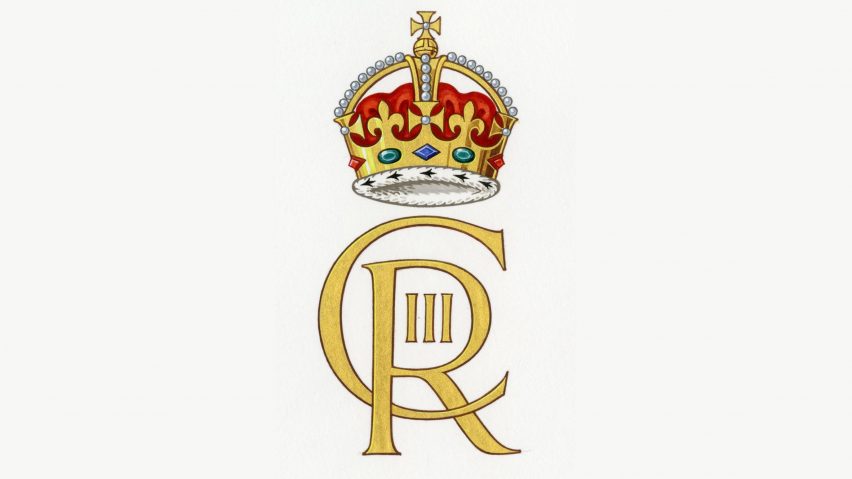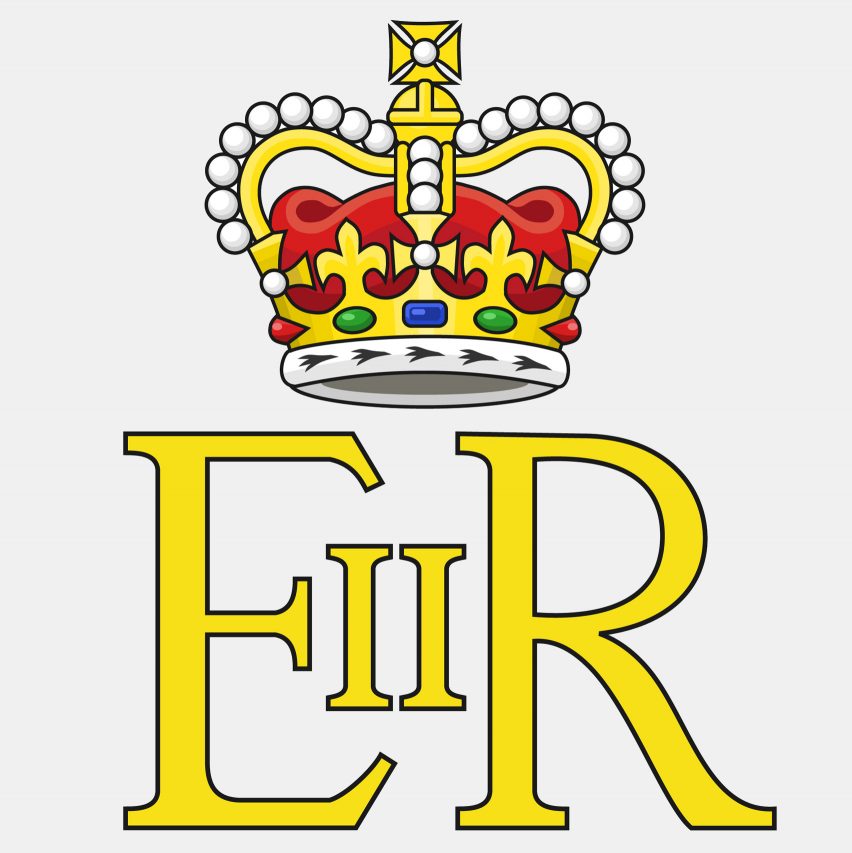
King Charles III reveals royal monogram topped with Tudor Crown
UK monarch King Charles III has unveiled his royal cypher, which was designed by the College of Arms and will appear on the country's official buildings, postboxes and passports.
Charles' royal monogram consists of the letters C and R interlinked – the C representing his first name and R for Rex, which is the word king in Latin. The number III was placed within the R's counter – its enclosed section.
The group of letters is topped with a representation of a crown that is known as the Tudor Crown, which was contained in his grandfather King George VI's monogram.
Cypher will signify the monarch
The cypher was designed by the College of Arms, which is an official body responsible for the country's flags and national symbols. It is understood that Charles picked the cypher from a selection designed by the organisation.
It will be used to signify the monarch in various places such as official buildings and postboxes, as well as documents including passports and stationery.
The monogram will replace Queen Elizabeth II's cypher, which consisted of the letters E and an R on either side of the number II.

One of the most striking differences between the two royal monograms is Charles' choice of crown.
While Queen Elizabeth II's cypher was topped with a representation of the St Edward's Crown, which was made for King Charles II in the 17th century, King Charles III's is topped with the Tudor Crown.
The Tudor Crown was used to top the monographs of many of the kings before Queen Elizabeth II including Edward VII, George V, Edward VIII and George VI. It closely resembles the Tudor crown worn by regents since Henry VIII, which was lost when the monarchy was abolished in 1649.
The intertwined letters of King Charles III's cypher also evoke previous monarchs' monographs. George VI, Edward VII and Queen Victoria all had official monograms with connected letters.
King Charles III became king of the UK earlier this month following the death of his mother Queen Elizabeth II. The new king has a strong interest in design and architecture and to mark the start of his reign we took a look at how he had impacted British architecture.
The main image is courtesy of Buckingham Palace.